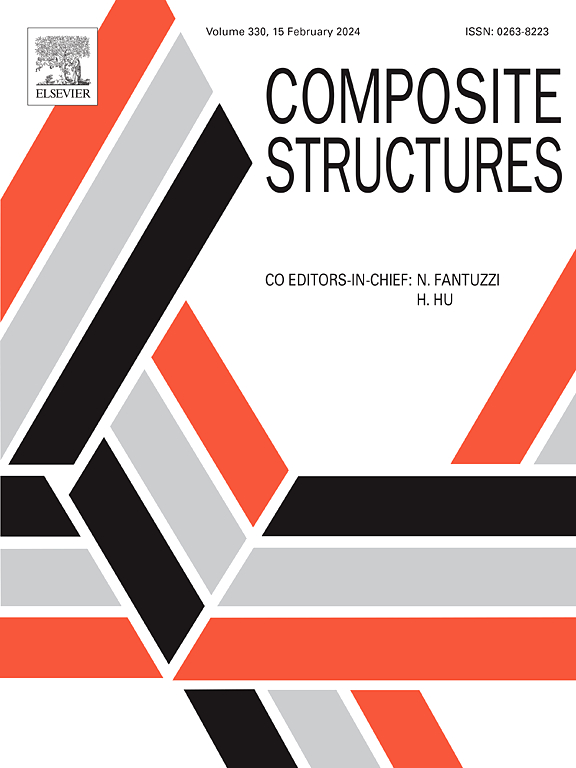考虑材料异质性和微裂缝演变的新型再生骨料混凝土三维 DEM 模型
IF 6.3
2区 材料科学
Q1 MATERIALS SCIENCE, COMPOSITES
引用次数: 0
摘要
再生骨料混凝土为可持续建筑带来了巨大潜力。然而,由于缺乏对再生骨料如何影响其力学性能的全面了解,再生骨料混凝土的广泛应用受到了阻碍。本文提出了一种先进的离散元素模型,该模型能准确地反映混凝土的中观结构,包括多样化的界面过渡区、随机粘结砂浆分布以及异质材料特性。此外,该模型还能识别和动态监测微裂缝的产生和扩展。结果表明,劣质再生骨料会促进裂缝通过骨料直接扩展,严重影响混凝土性能。附着砂浆与砂浆基体的界面粘结力差,机械性能低,因此对混凝土性能有负面影响。替代率对混凝土性能的影响与再生骨料的质量密切相关。高质量的骨料可以提高置换率,但混凝土的性能降低幅度有限。本文章由计算机程序翻译,如有差异,请以英文原文为准。
A novel three-dimensional DEM model for recycled aggregate concrete considering material heterogeneity and microcrack evolution
Recycled aggregate concrete presents significant potential for sustainable construction. However, its widespread adoption is impeded by a lack of comprehensive understanding of how recycled aggregates impact its mechanical properties. This paper proposes an advanced discrete element model accurately representing the concrete’s meso-structure, including diverse interfacial transition zones, random adhering mortar distributions as well as heterogeneous material properties. Furthermore, this model also allows for the identification and dynamic monitoring of microcrack initiation and propagation. Results show that low-quality recycled aggregates promote direct crack propagation through the aggregates, significantly impairing concrete performance. Adhering mortar negatively impacts concrete properties due to its poor interfacial bond with the mortar matrix and its inferior mechanical properties. The influence of the replacement ratio on the concrete properties is closely tied to the recycled aggregate quality. High-quality aggregates allow for higher replacement ratios with limited property degradation in the concrete.
求助全文
通过发布文献求助,成功后即可免费获取论文全文。
去求助
来源期刊

Composite Structures
工程技术-材料科学:复合
CiteScore
12.00
自引率
12.70%
发文量
1246
审稿时长
78 days
期刊介绍:
The past few decades have seen outstanding advances in the use of composite materials in structural applications. There can be little doubt that, within engineering circles, composites have revolutionised traditional design concepts and made possible an unparalleled range of new and exciting possibilities as viable materials for construction. Composite Structures, an International Journal, disseminates knowledge between users, manufacturers, designers and researchers involved in structures or structural components manufactured using composite materials.
The journal publishes papers which contribute to knowledge in the use of composite materials in engineering structures. Papers deal with design, research and development studies, experimental investigations, theoretical analysis and fabrication techniques relevant to the application of composites in load-bearing components for assemblies, ranging from individual components such as plates and shells to complete composite structures.
 求助内容:
求助内容: 应助结果提醒方式:
应助结果提醒方式:


